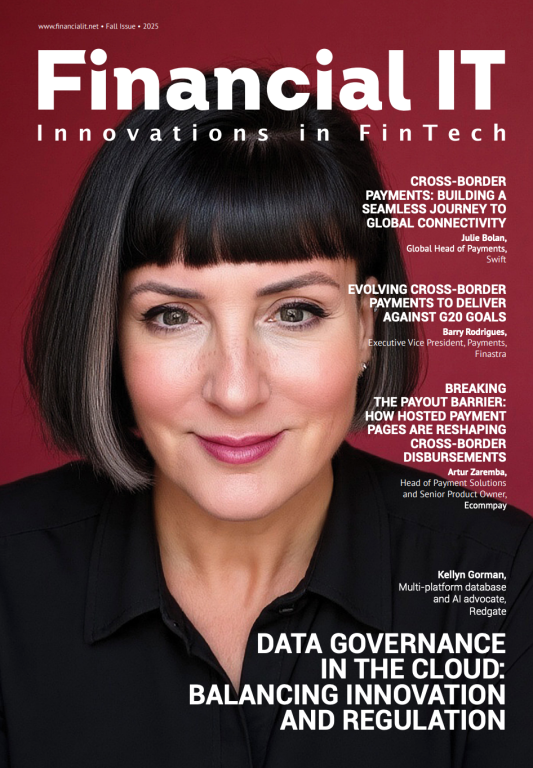How Banks Can Use AI to Give Businesses the Control They Desire

- David Duan , Data Science Stream Lead & Principal Data Scientist at Fraedom
- 29.08.2019 01:15 pm undisclosed
According to research, poor cash flow is responsible for up to 90% of small business failures. Often, a huge contributing factor to this is the vast number of businesses lacking visibility and control of their spending, with Fraedom also finding that almost a third of UK SMEs have a clear picture of business spend at the end of each month but little visibility on a day-to-day basis. As banks begin to address these challenges, we are seeing the introduction of more technologies that make use of artificial intelligence (AI) and machine learning (ML). With AI and ML having come on leaps and bounds in recent years, they will have a substantial impact on the way banks serve their customers, the capabilities banks are able to offer and, consequently, the control businesses have over their finances. There are three key areas businesses will see a direct impact from increased use of AI in banking:
Security
As banks make better use of AI for fraud detection, businesses will benefit from improved security features. In these scenarios, AI will help businesses keep their accounts safe by detecting any anomalies in their accounts and fraudulent activities much quicker than previously possible. This works by the model having an understanding of what is ‘normal’ for each account or card and recognising patterns based on past transactions and behaviours. For example, if 99% of the transactions for one account happen Monday to Friday, a transaction that occurs at the weekend will be seen as abnormal and flagged as such. Of course, anomalous transactions aren’t always fraud. Often, they’re just out of the ordinary, requiring some more investigation – flagging them to the business would certainly allow for this. With companies currently losing an average of 7% of their annual expenditure to fraud, these technologies will help lower incidences of fraud as shown by Visa’s use of AI reducing global fraud rates to less than 0.1%. In the future, AI could be used to detect fraud in real-time, stopping fraudulent transactions from being processed altogether.
Spending limits
AI will allow banks to more accurately forecast how much credit businesses require and limits on spending will be set automatically, enabling banks to gain a better understanding of their spending. This can also be implemented within the organisation as AI will allow for credit limit redistribution based on what different employees regularly spend. This means that credit will be allocated in an optimal way, ensuring the amount of credit employees are given reflects their spend history. This ensures that those employees who often make large transactions are given the credit to do so, while those who use their company accounts for lower-cost transactions don’t receive as much, to ensure credit is being used to the greatest effect.
Expense management
In addition to providing businesses with a greater degree of control and understanding of their finances, banks are also beginning to use AI to offer organisations extra tools and services. A prime example of this is expense management systems which use AI to simplify the expense process and reduce the amount of time employees and finance departments spend on such tasks. As with fraud detection, the system would establish patterns based on the employees historic spending behaviour. For example, it may pick up that once a week the sum of £5 is spent in a coffee shop which the user then applies a particular expense code to. Once this behaviour has been demonstrated enough times, it becomes a pattern. So, the user will no longer have to code the transaction themselves, the system would automatically identify the type of expense it is and code it correctly.
As the system establishes more patterns and understands what the user or business is doing, smart coding could start to be applied to a greater number of transactions. This would significantly reduce the amount of time spent manually sorting through and coding expenses as the employee then only has to check that the correct codes have been applied.
As banks get to grips with AI and ML, it will allow them to build up a more accurate picture of the businesses they are serving and enable them to automate an increasing number of processes. This use of technology will provide businesses with a greater level of control over their accounts, improved visibility and a better understanding of their finances which will ultimately mean employees can spend less time manually interrogating accounts. As a result, businesses will see continued benefits as their employees instead move towards more value-adding tasks.





















